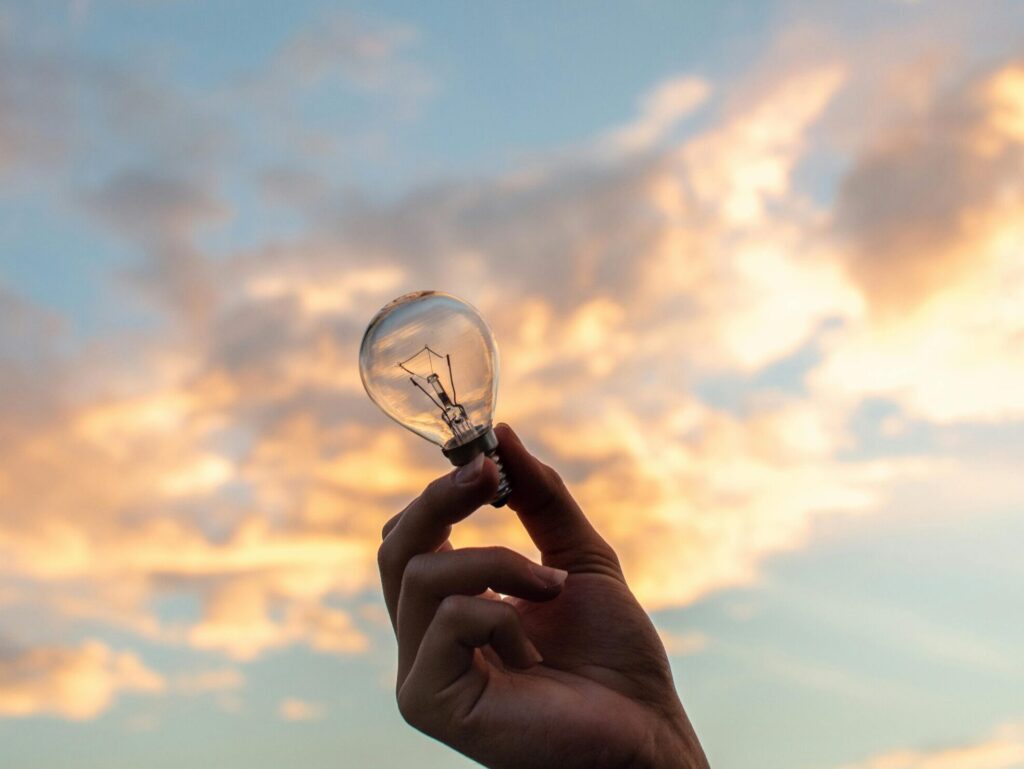From an evolutionary perspective, humans have always learned by observing patterns, innovating new solutions, and exploiting knowledge for survival. These three pillars — observation, innovation, and exploitation — are fundamental to human intelligence and creativity.
But where does AI fit into this equation?
Does AI enhance or hinder our ability to think creatively?
Does it accelerate the process of observing, innovating, and exploiting knowledge, or does it simply make us passive consumers?
To answer this, we must first explore how creativity works in the brain, how AI is transforming this process, and whether memorization is a requirement for innovation — or if AI is changing that dynamic entirely.
The Neuroscience of Creativity: From Imagination to Innovation
Creativity is often romanticized as an act of pure imagination, but at its core, it is based on neuroscience. It emerges from the brain’s ability to connect unrelated ideas and unify information across various fields.
The prefrontal cortex plays a role in structuring thoughts and problem-solving, while the default mode network (DMN) — the part of the brain active during daydreaming — helps us make intuitive, new connections.
But creativity doesn’t happen in isolation. It requires knowledge. You cannot innovate from nothing. Eric Kandel, a neuroscientist and Nobel Prize winner (2000), emphasizes that memory is the foundation of learning and creativity — first, we acquire knowledge, then we reconfigure and apply it in new ways.
This aligns with Kevin Laland’s observe, exploit, innovate model from cultural evolution theory. We first observe and absorb knowledge from our surroundings, then exploit it by applying learned strategies, and finally— if we push further — innovate by modifying or creating something new.
Traditional education systems follow this logic:
✔️ First, learn the material (observe & exploit)
✔️ Then, apply it creatively (innovate)
But is this the only way?
Does Memorization Unlock Innovation — Or Can We Skip Steps?
For centuries, education has followed a sequential approach — memorize first, apply later. The assumption has always been that understanding is the source for creativity. Without an internalized knowledge base, how can we make cognitive associations?
However, AI is disrupting this sequence. AI can provide instant access to vast amounts of information, reducing the need for rote memorization. It can generate ideas, automate tasks, and even suggest innovative solutions.
Does AI help us accelerate through the steps of observation, exploitation, and innovation?
Or does AI merge and blur these steps, making us skip essential cognitive processes?
If AI acts as an accelerator, it allows us to move through the cycle of learning more efficiently — helping us reach innovation faster while still passing through each cognitive step. In this case, AI would expand creativity, enabling more people to reach the stage of innovation rather than getting stuck in observation and exploitation.
But if AI merges or skips steps, the danger is that we may engage with knowledge superficially, mistaking access to information for actual understanding.
So which is it?
Rethinking the Role of AI in Creativity
Perhaps AI does both. For some, it will accelerate learning and enhance their ability to innovate. For others, it may become a substitute, leading to shallow engagement with knowledge.
But ultimately, it is a matter of choice.
Do we use AI to cut corners — remaining passive in the observe & exploit stage?
Or do we use AI to free up time —allowing us to push further into the innovate stage?
If AI eliminates some of the cognitive effort required for observation and exploitation, will we use that extra time for creative thinking, or will we simply consume more without reflecting?
Ironically, the very tool that could make us more creative could also make us less engaged — unless we choose otherwise.
The Future: Will AI Unlock Creativity — or Trap Us in Complacency?
AI accelerates our learning, merging observation, exploitation, and innovation into a seamless process. It cuts time, removes friction, and hands us insights faster than ever before. But what do we do with this extra time?
Do we use it to push ourselves further — to think, create, and innovate? Or does the ease of access keep us comfortably in the cycle of observing and exploiting, without the urgency to take the next step?
When knowledge is instantly available, does the struggle — the very friction that fuels deep learning and discovery — disappear?
Yet paradoxically, this same efficiency might lead to unexpected creativity. With less cognitive effort spent on processing information, our minds may wander more freely, making connections we wouldn’t have forced otherwise. But does this drift lead to true innovation — or to passive overthinking, where ideas circle endlessly without ever breaking through?
So, will AI push us beyond the limits of creativity, or will it lull us into intellectual passivity?
In the end, technology will not decide for us. We will.




